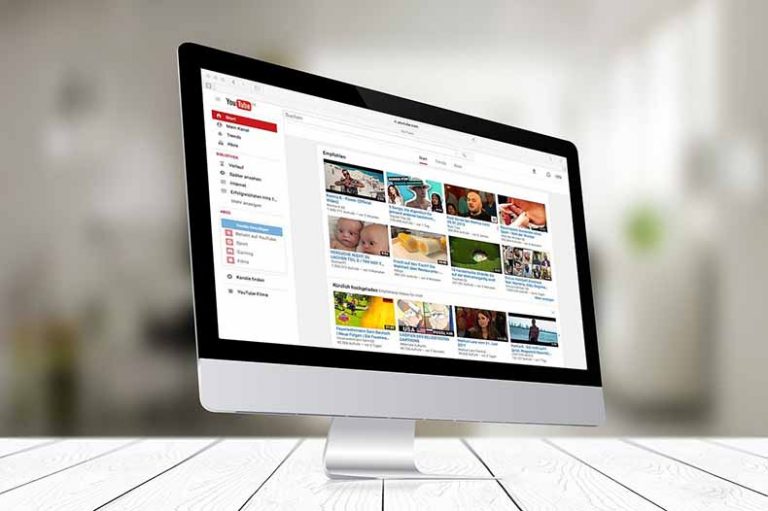Must-Have Elements To Create a Power-packed Presentation
To build a successful presentation, you must first analyze the aspects that bring a story to life. It might be difficult to maintain concentration when the story elements are missing. Consider the following: It’s 4:00 p.m., and you’re ready to get on another Zoom call. When the host invites you in, they immediately start screen sharing, and you see yourself losing attention.
Attendees might quickly become bored and exhausted from staring at a screen all day in the virtual era. According to Global Newswire, 49% of respondents expressed extreme tiredness as a result of several daily video conversations. As a result, whether at a keynote or a team meeting, we are continuously trying to hold our audience’s attention.
If you need a shortcut to create a power-packed presentation in just a few minutes, you must consider using PowerPoint themes!
There is a way to ensure highly dynamic and powerful presentations. Consider the below 13 elements of effective presentations:
1. Engaging icebreakers
Start on an intriguing note by involving your audience in a quick activity. Encourage discussion by asking an interesting icebreaker question like, “What movie most closely mirrors your life?” or “What vegetable would you be?”
Another method for breaking the ice with your audience is to play a quick and easy icebreaker game, such as “Have you ever?” or “Two truths and a lie.”
2. Visual storytelling
Human beings are social creatures. Hence, stories have much more impact on our minds than facts alone. Since the days of painting cave walls, humans have used storytelling to pass on its wisdom and teachings to future generations. At the same time, we respond to visual information—after all, the majority of our brains are dedicated to visual stimuli.
Combining the two principles and the resulting visual storytelling is one of the most powerful methods to attract an interested audience that will remember your message long after your presentation is over. Visual storytelling components like images, video, and infographics express your narrative far more effectively than the spoken word and text alone.
3. Eye-catching images
Eye-catching visuals are perfect for capturing, maintaining, and redirecting audience attention, just as visual storytelling makes for an interesting and memorable presentation. Images with vivid and vibrant colors, fascinating viewpoints, or engaging subjects will keep your audience’s attention hooked to the screen.
4. Data visualizations
By incorporating figures, facts, and other data into the elements of a strong presentation, you offer your audience the proof they need to trust your message—if you can give the data value. Too much text and too many figures on your slides can send your audience to sleep.
Data visualizations, on the other hand, communicate the story of the data. Use features such as bar graphs, pie charts, and pictograms to present your data.
5. Animations
Movement draws the attention of the eyes. This is the reason why animation is quickly outpacing text as a means of obtaining information. By animating your slides, you can add movement and pull your audience’s attention back to your presentation. Transitions between slides are one of the easiest animations to implement.
6. Simplicity
Nobody will want to look at slides that are overloaded or messy for an extended period of time. Not only that, but your audience is unlikely to be able to absorb so much information in a single viewing. Keep your slides clean and simple. It is preferable to add more slides to a presentation rather than adding too many elements to each slide.
7. Videos
Another successful presentation element that captures your audience’s attention and interest is video. If an expert cannot be present in person, videos help solve the problem. Video elements can record expert comments, depict activities that a still photo cannot, demonstrate how things are used, and, of course, provide eye-catching movement to a slide deck.
8. Audience immersion
What better way to keep an audience’s attention than to include them in the show? A successful presentation includes an element of audience engagement that is incredibly effective.
Invite audience members to engage in your presentation, whether by encouraging a single viewer to join or by dividing the audience into smaller groups or teams. Activities such as games, challenges, and demonstrations can help to immerse the audience.
9. Props
Props are a traditional component of a good presentation. Whether you use props to explain your topic or as visual design assistance in addition to your slide deck, using props nearly always adds some flair to an otherwise typical presentation.
10. Cohesive designs
A strong presentation will feature slides that are organized and consistent. Every slide in the deck should appear to belong with the others. Simultaneously, you may choose color palettes and fonts that complement the atmosphere, tone, or theme of your presentation.
11. Calls to Action
Don’t risk your audience misinterpreting your message or failing to grasp the purpose of your presentation. With a clear call to action, you can go directly to the core of your message.
To guarantee your call-to-action is effective, begin with a strong, demanding verb, use phrases that evoke passion or enthusiasm, and give your audience a reason why they should do the proposed action.
12. Strong closing slides
All of your efforts in creating a great slide deck may be for nothing if your presentation lacks a memorable ending. Including an end-of-presentation slide is one of the most effective strategies to generate a compelling conclusion.
This slide might feature a summary, a call to action, a joke, or a fascinating quotation that people will think about long after you’ve finished presenting.
13. Hooks and earworms
Interjecting hooks in between crucial parts in a presentation is an efficient approach to redirect the attention of an audience. Meanwhile, closing a presentation with an earworm might keep your audience thinking about your subject for hours or days.
Hooks and earworms are extremely similar, and each can be produced by examples such as an amusing story, a joke, an insightful statement, an entertaining fact, or a provocative inquiry.
Wrapping It Up
Although there is no one technique to make a solid presentation or conquer public speaking fear, breaking down the fundamental components of presenting can be a good place to start. Take things one step at a time when preparing, and you’ll get better with each presentation you deliver.







